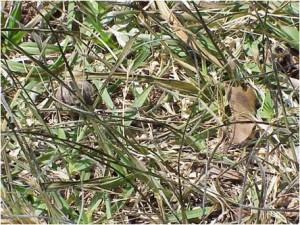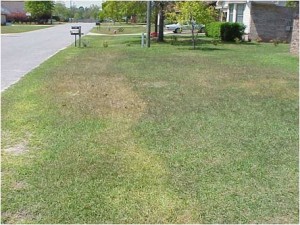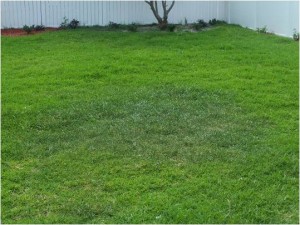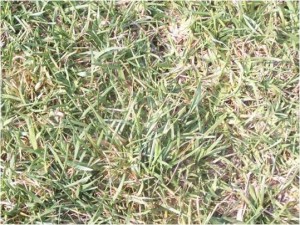by Larry Williams | Feb 22, 2013
Fertilizing your lawn before the soil temperature is adequately warm results in waste of fertilizer and possible lawn injury.

Close up of cold injured lawn grass blades

Lawn cold injury from too early fertilizer application
Despite the fact that you can easily force your lawn to turn green early with many of the high nitrogen fertilizers, it’s a false sense of accomplishment. That new green growth is dependent on the availability of other elements, some of which are poorly available under cool soil temperatures. Iron, for example, is not readily available while the soil is still cool. This is exactly what happens when your lawn begins to turn bright yellow after being fertilized too early. In other words you’ve induced or caused a nutrient deficiency by fertilizing too early. It’s simply a matter of the soil being to cool to allow the roots to take in the needed iron to support the new growth that you’ve caused from fertilizing too soon.
There are other needed nutrients, such as potassium, which are not readily available under cool soil temperatures. As a result, some of these fertilizer elements leach below the root area before grass-roots are in a position to use them. As a result of fertilizing too early, you’re wasting fertilizer and money that’s washing away and not being used by your lawn. Waiting to fertilize during more favorable soil temperatures allows for more efficient use of the fertilizer and less waste.
In order for our lawn grasses to efficiently use fertilizer, consistently warmer nights are required. So why not wait until mid April to fertilize? You’ll waste less fertilizer, save money and have a healthier lawn in the process. It’s a win, win, win situation.




